Since December 1979, almost unending waves of conflict, violence and ensuing social and economic hardships have forced Afghan men, women and children to seek safety in other countries, including in the Islamic Republic of Iran. Iran is the 8th largest hosting country for displaced people, counting close to one million refugees – most of whom are Afghans.
The humanitarian needs of refugees in Iran are high, but numbers alone cannot convey the scope and scale of the situation; rather, is better measured in the lives and fates of real people.
Real people like Parisa, who arrived in Iran as a 6-year-old child when her parents fled Afghanistan following threats to their lives. For years, Parisa could not go to school like other children her age; her family barely had enough to live on, let alone cover school fees. Parisa’s brother dropped out of school at age 15 to start working as a construction worker, but even that was not enough.
This is the reality for many refugee families around the world.
In the last years, Iran more and more included refugees, undocumented or passport-holders in their national systems. All children, for example, can attend public schools and follow the national curriculum, without additional fees. Thanks to these progressive and inclusive policies, Parisa got her first chance of proper education.
For more than 40 years, the Government and people of Iran have shown incredible hospitability and generosity to Afghans like Parisa – seen in very few refugee-hosting countries around the world. Iran has led by example; refugee and undocumented children can go to school, acquire skills and can one day hope to get a job that will enable them to become self-reliant and self-sufficient.
And we have seen what refugees can do when they are given the opportunity.
Take the example of Fezzeh Hosseini, who was just one month old when her family fled Afghanistan in 1979. Arriving in Mashhad, their first thought was to survive and for that, they needed only the basics - shelter, food and health.
But young Fezzeh was able to go to school – something she would not have been able to do in Afghanistan. Encouraged by her family and buoyed by Iran’s inclusive policies, she eventually enrolled in medical school. Today, she is known as Dr. Hosseini and she is the only registered Afghan doctor in Esfahan, caring for Iranian and refugee patients alike.
During the COVID health crisis, she has been of indispensable help – taking on additional shifts in the health clinic and raising awareness about health and hygiene measures in her community. In the past months, we have seen countless examples of refugees who have contributed to the COVID response; Moheyman, an Iraqi refugee, works tirelessly as a nurse to test and treat patients, others have turned their sewing skills to making masks and hospitals gowns for health workers, and yet others have collected and donated essential items to the most vulnerable families.
Their many successes are testimony not just to their resilience and abilities, but to the very real benefits of supporting refugees. By allowing them to thrive, not just survive, refugees are able to give back to their communities, including during emergencies.
While UNHCR continues to work hand in hand with the Government of Iran to help refugees, our efforts are not enough in the face of the increasing needs. Around the world, millions have lost their jobs due to COVID pandemic. In Iran, refugees, who often rely on informal work, have been particularly affected and for many, it is a struggle to make ends meet. More and more of them are approaching UNHCR for help.
Talking to my UNHCR colleagues in Esfahan with her six-year-old daughter by her side, Dr. Hosseini told us that while she is very grateful for the opportunities she received in Iran, she asks herself what will happen to her children when they grow up.
Collectively, Afghans represent one of the longest-displaced, longest-dispossessed populations worldwide. And after four decades, their future prospects remain very uncertain at best.
The Government of Afghanistan and its international partners continue to strive to build a stable future for its citizens. Nevertheless, in 2019 it was ranked as the world’s least peaceful country. This shows that, ultimately, lasting peace, stability and security are needed to create a conducive environment for Afghan refugees to return in larger numbers and durably rebuild their lives at home. UNHCR and other organizations continue to work with Afghan authorities to strengthen basic infrastructure and support returnees, in order to make repatriation stable and lasting.
While this is underway, the international community needs to come together with concrete and enhanced solutions to help alleviate the responsibility of caring for refugees that is being shouldered almost exclusively by Iran; this includes more funding for humanitarian programs that benefit refugees and host communities, offering more resettlement places for Afghans in Iran and also supporting access to scholarships, internships and vocational training that can help refugees acquire skills useful for when they are able to return home to Afghanistan.
This is becoming more and more urgent, as the Coronavirus is increasingly straining the global economy and severely impacting countries like Iran, which was already facing hardship due to economic sanctions.
With the decreasing opportunities in Iran and with the situation still uncertain in Afghanistan, refugees are finding it harder to cope. Refugees have shown incredible resilience, but we, the international community, need to step up and make sure the most vulnerable are not left behind during these trying times. Without our support, Afghans, who have already fled their homes once, may find themselves needing to risk their lives and flee again – sometimes even by undertaking the dangerous journey across the Mediterranean sea or land routes.
As we commemorate World Refugee Day this week, it is sobering to realize that things cannot go on as they have. The ‘new normal’ does not only refer to a world changed by COVID but one where we fervently hope lasting solutions for Afghans will be further prioritized and found.
Realizing the SSAR, the Solutions Strategy for Afghan Refugees is the key to turning this vision into reality. Since its launch in 2012, the Government of Iran has continued to operate and collaborate within this framework to find ways to end the plight of Afghans. But it is time for the international community to rally around Iran for humanitarian purposes anew, and to be even more forthcoming with its support.
In a few weeks, UNHCR’s High Commissioner, Mr. Filippo Grandi, will convene a meeting with the Governments of Afghanistan, Iran and Pakistan, to together appeal for enhanced support and solutions for refugees from the international community. Pending a lasting solution to the Afghan crisis, it is also imperative that host communities who have kept their doors and hearts open for decades also continue to receive generous support.
The future of Afghans depends on solidarity and action today and collectively staying the course.
Everyone can make a difference. Every action counts.
MNA/TT


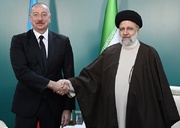
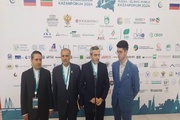
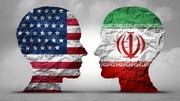

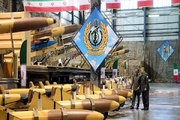
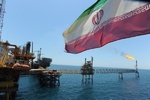
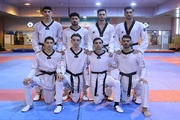
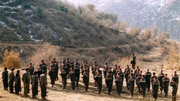

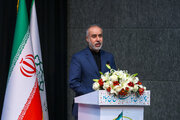
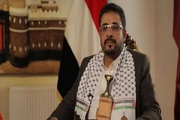
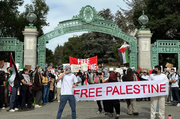


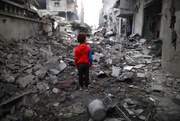
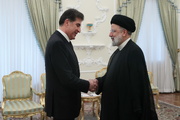
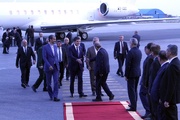





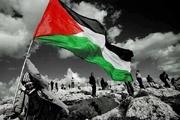
Your Comment